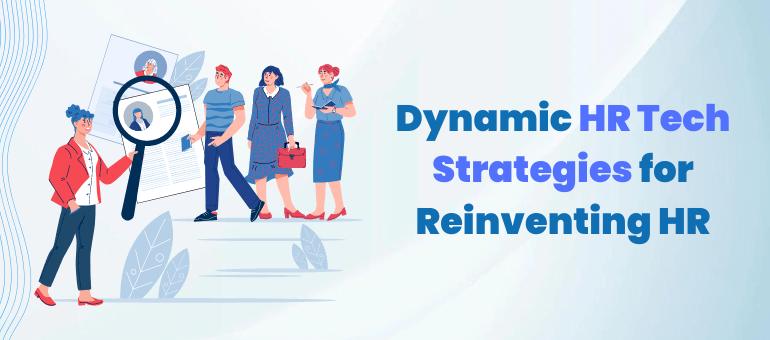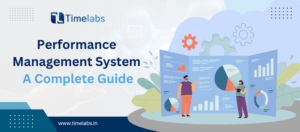HR leaders have traditionally seen HR solutions as long-term investments enabling their teams to provide better services to their employees. They may help their staff more effectively as a result. This approach worked well when HR was in charge of offering essential services to the company and when HR software had to be purchased with a perpetual license. The technological transformation paradigm involved regular technology evaluations and the implementation of new solutions with a five- to ten-year deployment horizon, which was deeply entwined with this strategy.
However, human resources departments now play a more strategic role in the commercial sector. Despite the limited resources available, they must take ownership of the employee experience, monitor staff productivity and performance, and maintain a strong talent pipeline.
How Can a Transformation From Conventional to Dynamic HR Technology Help Organizations?
The foundation of a dynamic HR technology strategy is that the organization’s technology requirements will change quickly and that the assumptions made while choosing a solution may be proven wrong in months. This is because a dynamic HR technology strategy is built on the assumption that the organization’s technology requirements will change quickly.
This way of applying HR technology is most suited for workplaces where policies, tools, and regulations are likely to be modified in a matter of weeks and for extremely unpredictable and uncertain corporate landscapes. If the COVID-19 pandemic’s effects on changes are any indicator, almost every organization has been vulnerable to this uncertainty. Due to the adoption of hybrid work and the continued large number of resignations, this is particularly true for human resources.
Therefore, how precisely can executives adopt a futuristic HR technology strategy? Here are three very important steps.
Increase How Often You Evaluate Your Presumptions:
To keep your HR technology in greater harmony with the internal and external factors affecting your organization, you must transition from annual assumption reviews to semi-annually or quarterly reviews. How, for instance, have factors like employee expectations and experience changed? What effect does the economy’s state have on the number of employees? How is the talent market evolving as well? Determine whether the HR management system you currently employ can help you meet these constantly changing criteria once you have provided answers to these questions.
Change the Criteria Through Which You Evaluate Your Success:
Although your HR team will probably use HR technology most frequently, your decision will eventually affect how your entire workforce feels. As a result, it is crucial to select technology solutions that will benefit both types of stakeholders. By processing fewer requests, an HR helpdesk bot might lighten the stress of your HR staff. But does this also make it easier for end users to find the information they need? If this doesn’t happen, even if the KPI has improved, it could result in low adoption levels following the implementation.
Utilize a Strategy Based on Your Portfolio:
If executives want to take a dynamic approach to HR technology, they must give up a project-based strategy in which a solution is implemented and then forgotten. The last point is this. To ensure profitability, monitoring both the investment and the return on investment (RoI) that the solution generates over time is imperative. Solutions that let you scale up or down, adapt gradually, or decrease or increase your spending will win because they won’t strain your finances or lock your efforts into weak areas.
Maintaining complete visibility into how your assumptions affect your HR department’s technology landscape is another benefit of a portfolio-based strategy.
To stay up with HR’s increasingly strategic role in supporting enterprises in navigating the uncertainties of the talent market, HR directors must take a dynamic and portfolio-based approach to HR technology. They can keep their flexibility and track the ROI of their technological projects. In conclusion, if HR leaders add the above skills to their current HR technology portfolio, they will be more prepared to handle challenges that arise over the upcoming year.



